In the ever-evolving world of automotive technology, driver safety remains a paramount concern. Lidar and radar systems have emerged as essential tools in enhancing vehicle safety, offering advanced sensing capabilities that aid in collision avoidance and improved navigation. These technologies are revolutionizing the way we drive and provide tangible benefits for road safety.
The Basics of Lidar and Radar Technology
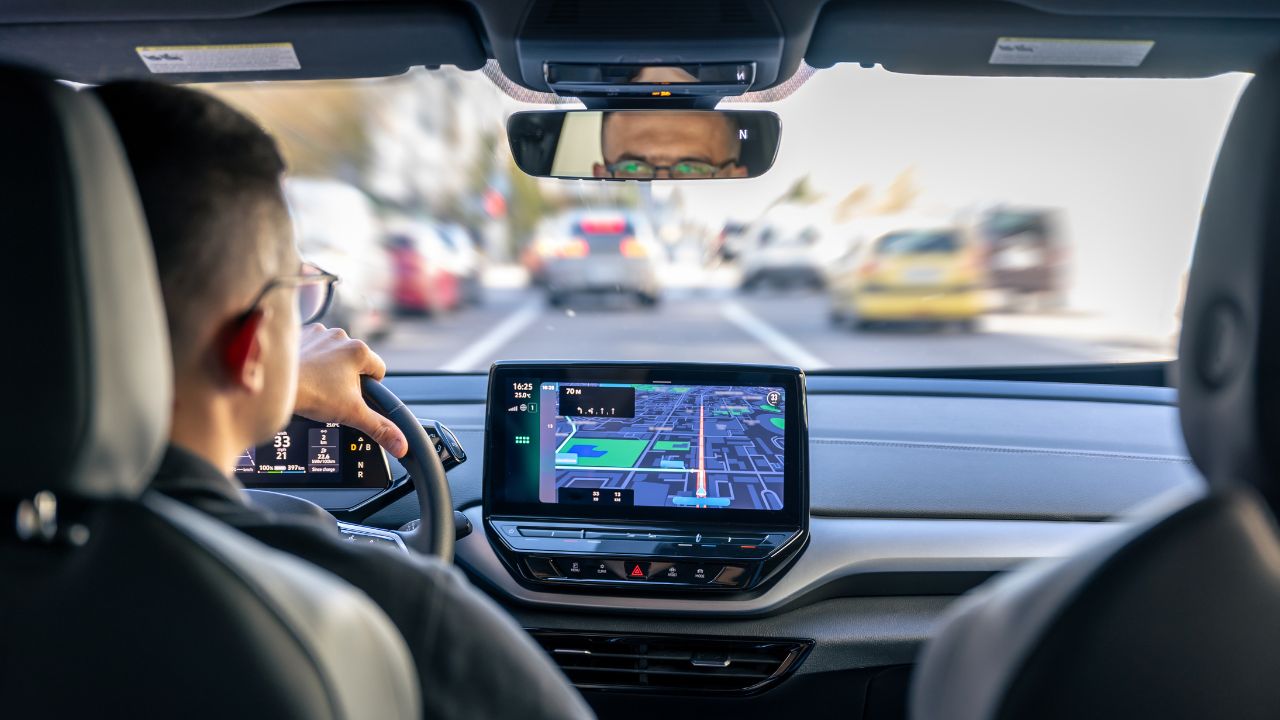
Understanding Lidar
Lidar, which stands for Light Detection and Ranging, is a technology that uses laser pulses to detect objects and measure distances with high precision. It works by emitting rapid laser beams that bounce off objects, allowing the system to create a detailed 3D map of the environment. This map helps vehicles understand their surroundings, enabling them to make informed decisions in real-time. Lidar’s ability to provide precise distance measurements makes it indispensable in applications where accuracy is critical.
The Role of Radar
Radar technology, on the other hand, uses radio waves to detect objects, their speed, and distance. Unlike lidar, radar operates effectively in various weather conditions, making it an essential component in automotive safety systems. By analyzing the frequency shifts in the returned signals, radar systems can determine the speed of moving objects, which is crucial for applications like adaptive cruise control. This ability to provide reliable data, even in challenging conditions, underscores radar’s importance in modern vehicles.
Comparative Analysis
While both lidar and radar serve similar purposes in detecting and measuring objects, they do so using different methods. Lidar is renowned for its accuracy and ability to create high-resolution maps, while radar excels in range and weather resilience. Together, they form a complementary pair, each addressing the limitations of the other. For example, vehicles like the Audi A8 integrate both technologies to offer comprehensive safety features, combining lidar’s precision with radar’s reliability.
Enhancing Collision Avoidance Systems
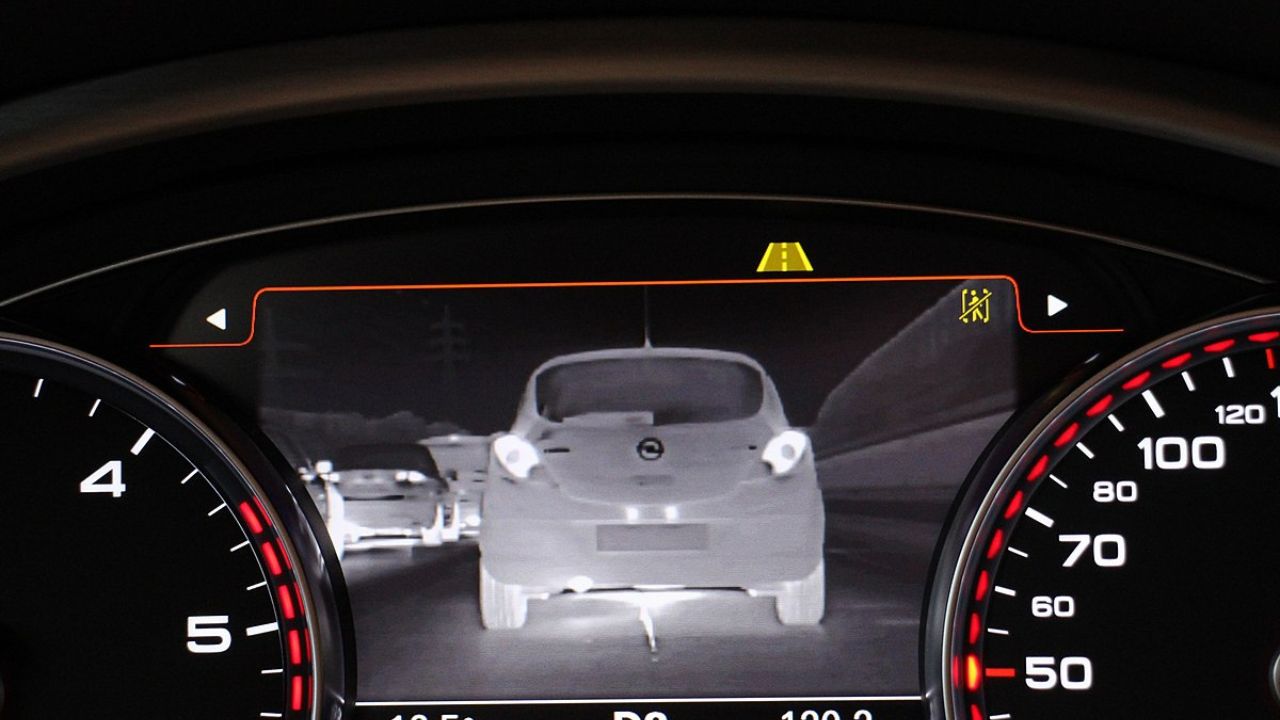
Object Detection and Identification
Advanced driver-assistance systems (ADAS) heavily rely on lidar and radar for object detection and identification. These technologies allow vehicles to recognize and differentiate between pedestrians, cyclists, and other vehicles, significantly reducing the likelihood of collisions. For instance, the Volvo XC90 employs both lidar and radar to offer superior object detection capabilities, alerting drivers to potential hazards and enhancing overall situational awareness.
Adaptive Cruise Control
Adaptive cruise control (ACC) is another critical area where lidar and radar play a pivotal role. By continuously monitoring the distance between the vehicle and those ahead, these systems adjust the car’s speed to maintain a safe following distance. Vehicles like the Mercedes-Benz E-Class utilize radar to provide seamless ACC, ensuring a smooth and responsive driving experience even in stop-and-go traffic conditions.
Automatic Emergency Braking
Lidar and radar are also crucial in the development of automatic emergency braking (AEB) systems, which can prevent or mitigate collisions by applying the brakes automatically when a potential crash is detected. The Subaru Outback, equipped with the EyeSight Driver Assist Technology, leverages both lidar and radar to offer reliable AEB, enhancing passenger safety and contributing to reduced accident rates.
Improving Navigation and Lane Assistance
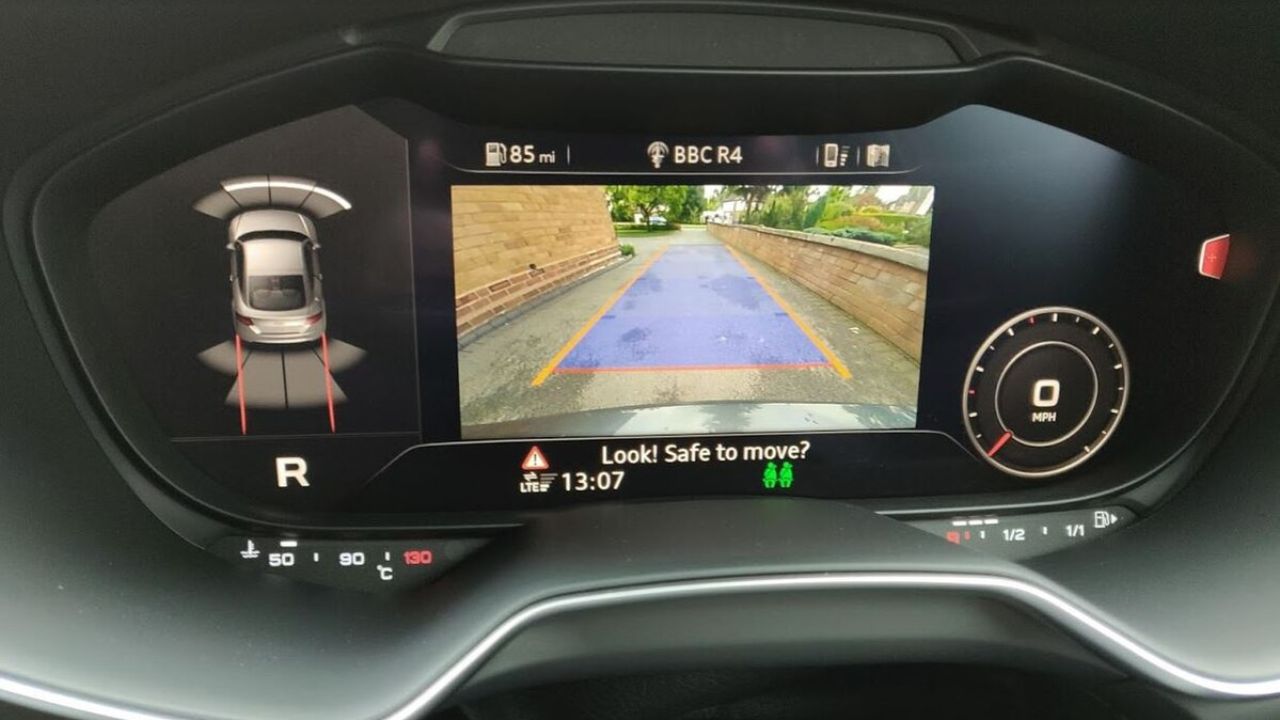
Lane Keeping Assistance
Lane keeping assistance systems benefit immensely from the integration of lidar and radar. These systems help vehicles stay centered in their lanes and provide warnings when unintentional lane departures occur. For example, the BMW 5 Series incorporates these technologies to deliver precise lane-keeping assistance, ensuring drivers maintain their intended path and reducing the risk of accidents.
Blind Spot Detection
Blind spot detection is another critical safety feature enhanced by lidar and radar. By detecting vehicles in adjacent lanes that may not be visible to the driver, these systems significantly reduce the risk of side collisions. The Ford F-150, for instance, uses radar sensors to monitor blind spots and alert drivers to potential hazards, providing an additional layer of safety on the road.
Navigation in Challenging Conditions
Navigation in adverse weather conditions, such as fog or heavy rain, poses significant challenges for traditional sensors. However, lidar and radar technologies excel in these scenarios, offering improved visibility and navigation capabilities. Vehicles like the Cadillac Escalade utilize these technologies to navigate safely in poor weather, ensuring a reliable driving experience regardless of environmental conditions.
Challenges and Future Developments
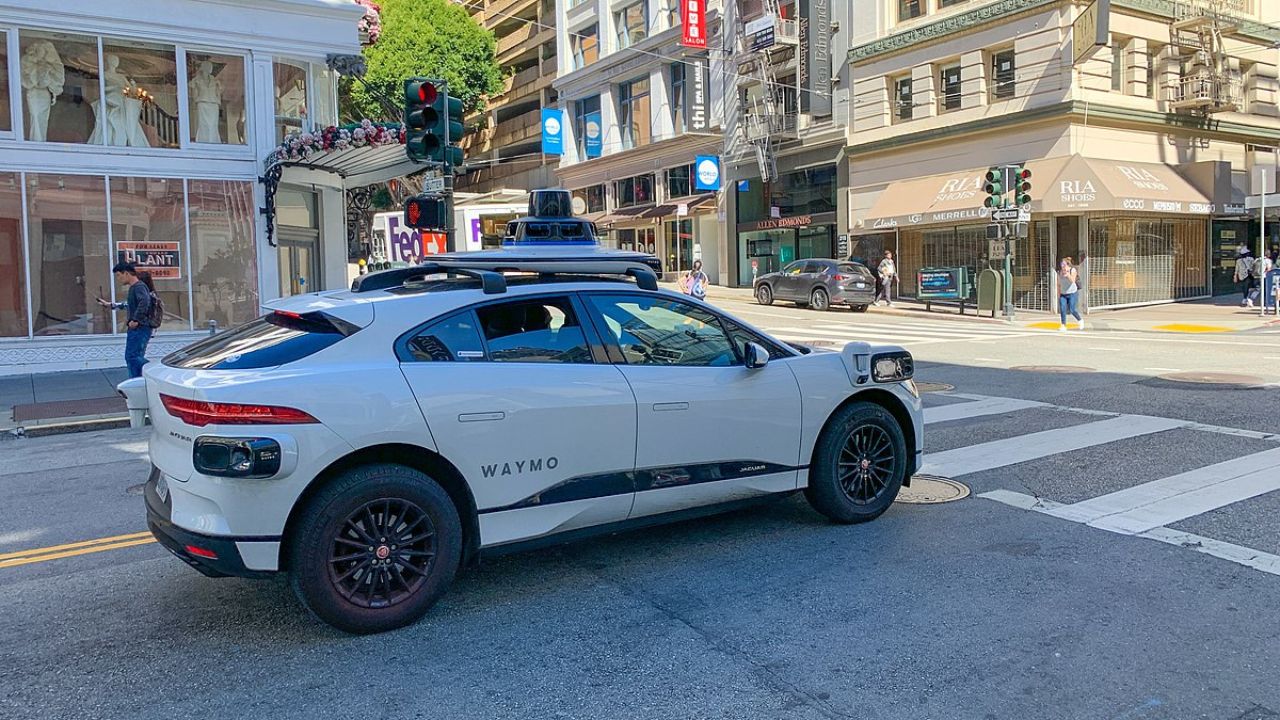
Technical Limitations
Despite their many advantages, lidar and radar technologies face certain limitations. Lidar can be expensive to produce and may struggle with weather sensitivity, while radar might not offer the same level of detail as lidar. Integrating these systems with other automotive technologies also poses challenges, as manufacturers strive to create a seamless user experience without compromising safety.
Innovations on the Horizon
Looking to the future, several exciting innovations promise to enhance lidar and radar technology further. Advances in solid-state lidar, which eliminates moving parts, are expected to reduce costs and improve durability. Additionally, the development of more sophisticated radar systems with higher resolution and range will likely expand their applicability in automotive safety systems.
Integration with Autonomous Vehicles
As the automotive industry moves toward fully autonomous vehicles, the integration of lidar and radar becomes even more critical. These technologies provide the necessary data for self-driving systems to navigate safely and efficiently. Companies like Waymo and Tesla are at the forefront of this movement, leveraging lidar and radar to create autonomous vehicles that promise to redefine transportation and enhance road safety.
The Impact on Road Safety Statistics
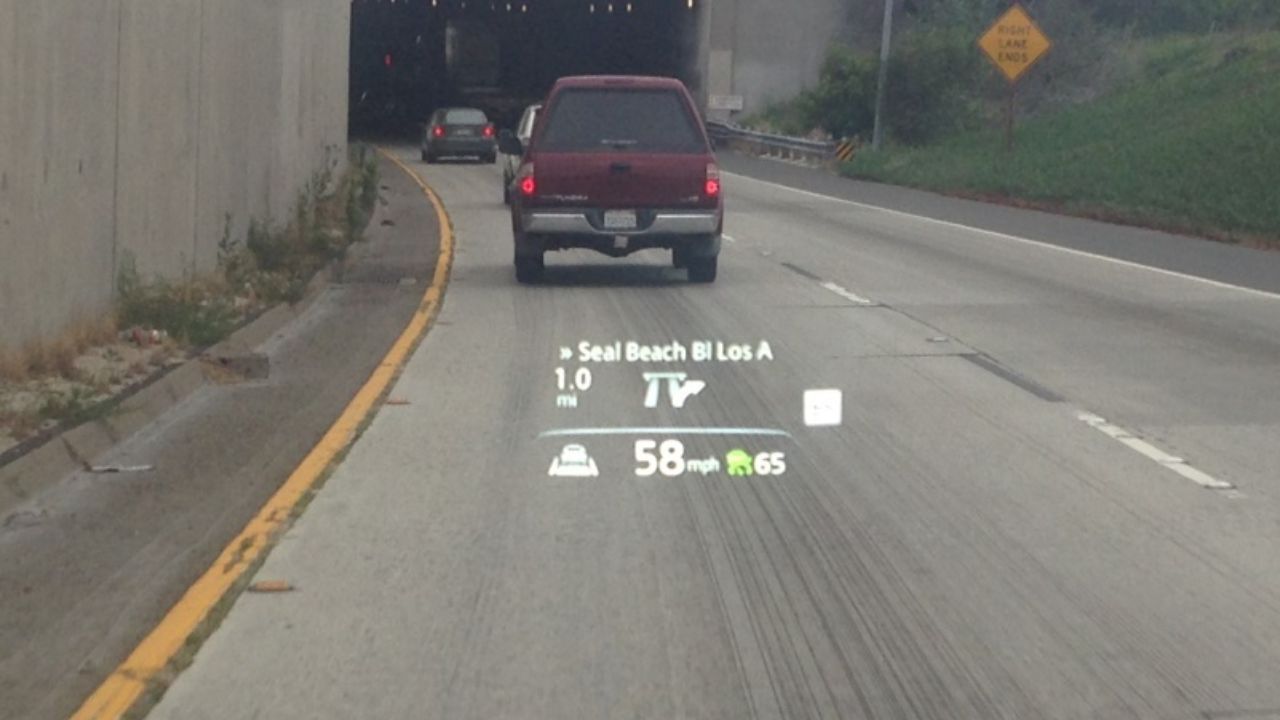
Reduction in Accidents
The implementation of lidar and radar systems in vehicles has already had a noticeable impact on road safety. Studies and case reports indicate a significant reduction in vehicular accidents for models equipped with these technologies. For example, the National Highway Traffic Safety Administration (NHTSA) has reported lower crash rates in cars fitted with advanced ADAS, underscoring the effectiveness of lidar and radar in enhancing driver safety.
Insurance Implications
As vehicles become safer thanks to these advanced technologies, insurance policies and rates are also evolving. Cars equipped with lidar and radar are often viewed as lower risk, leading to potential reductions in insurance premiums. This trend not only incentivizes consumers to invest in safer vehicles but also encourages manufacturers to continue developing and implementing these technologies.
Consumer Trust and Adoption
The proven safety benefits of lidar and radar have played a crucial role in building consumer trust and accelerating the adoption of vehicles equipped with these technologies. As drivers experience the enhanced safety features firsthand, confidence in these systems grows, leading to increased demand for models with advanced ADAS. This shift in consumer behavior is evident in the rising popularity of cars like the Honda Accord and Toyota Camry, which offer robust safety features driven by lidar and radar.
Like Fast Lane Only’s content? Be sure to follow us.
Here’s more from us:
*Created with AI assistance and editor review.

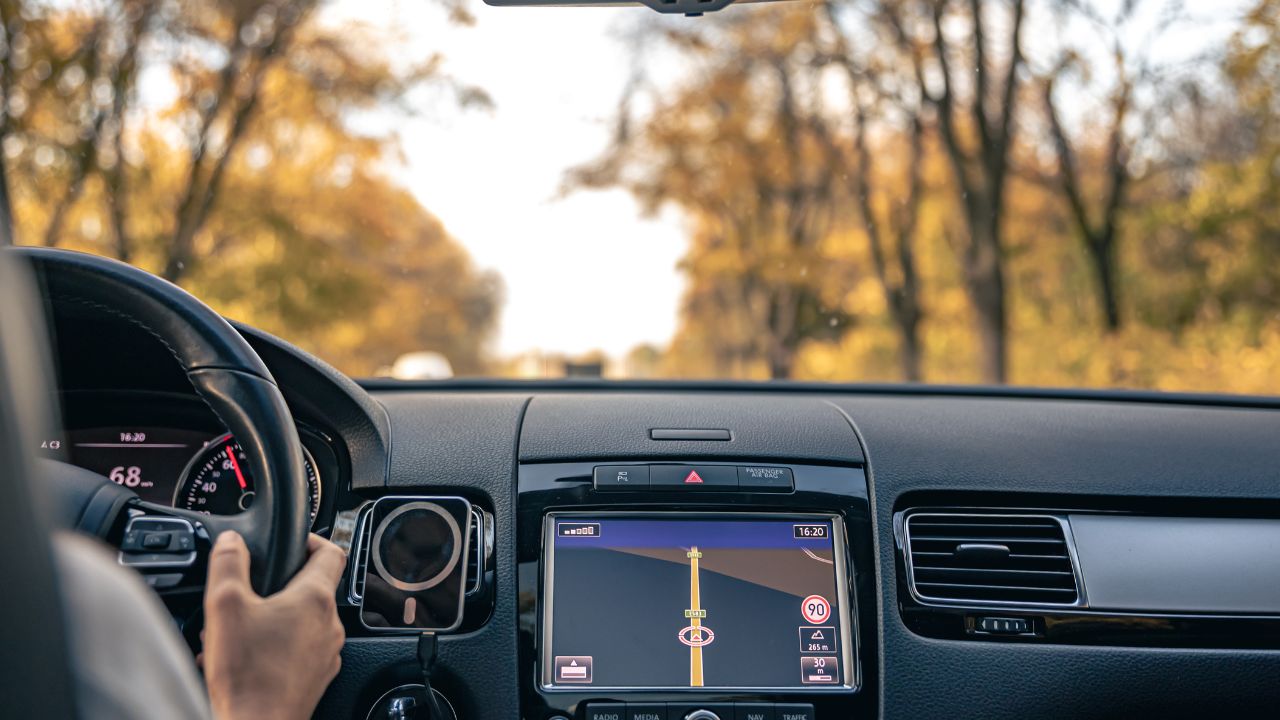

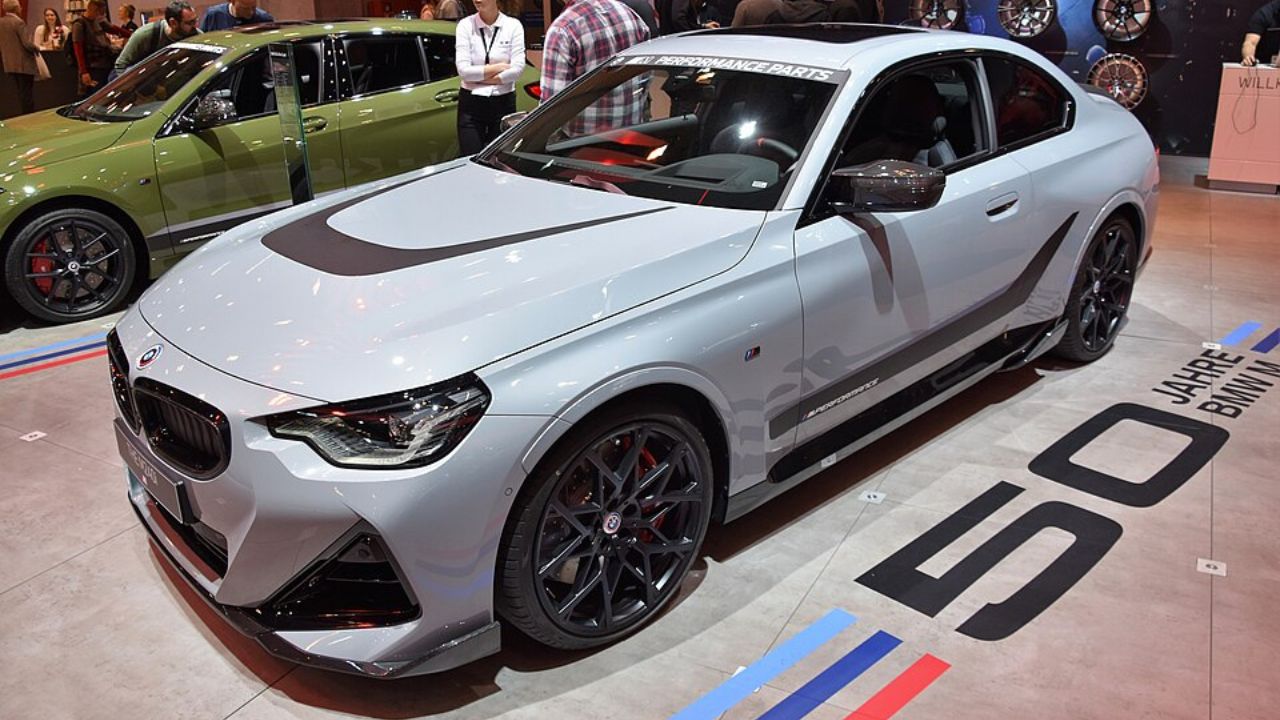
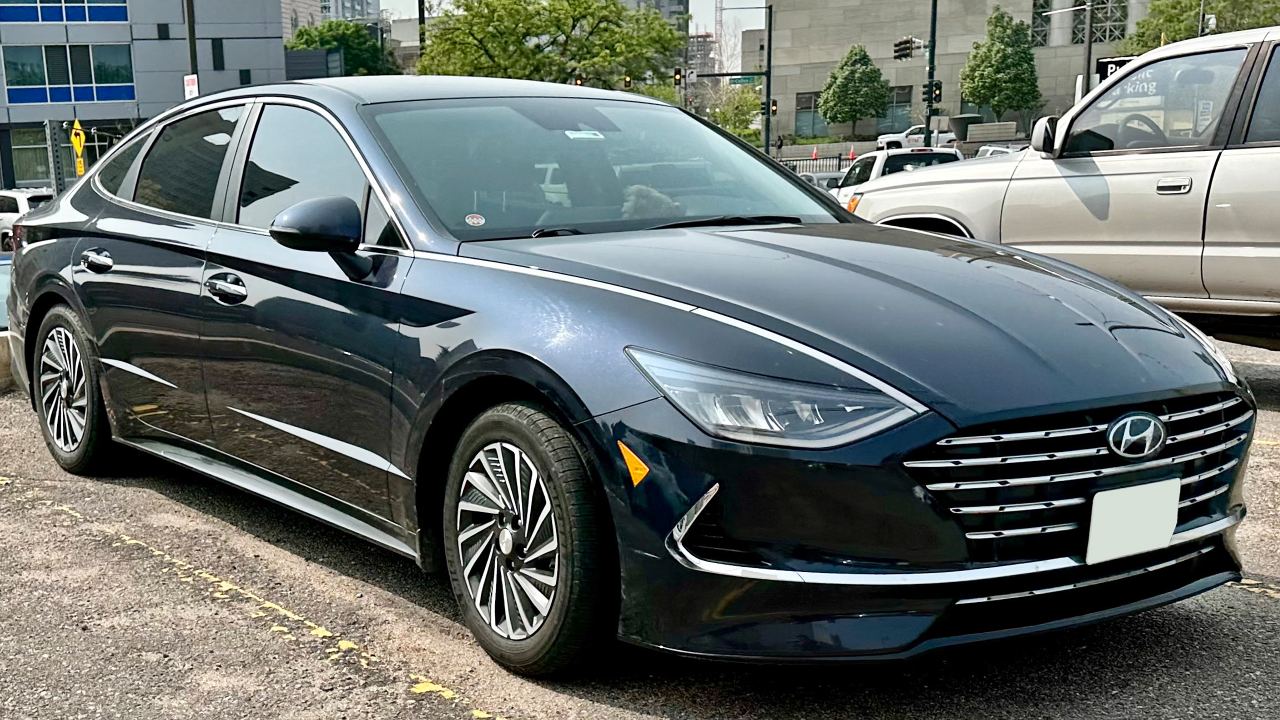
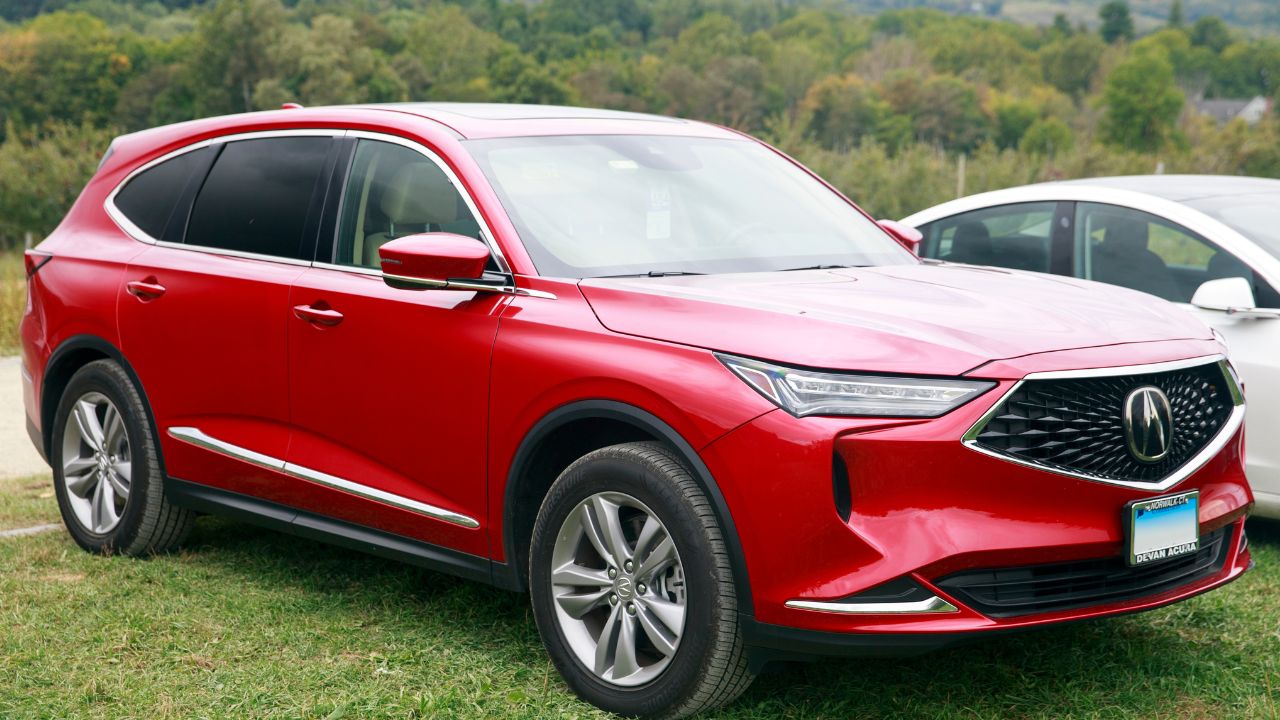

Leave a Reply